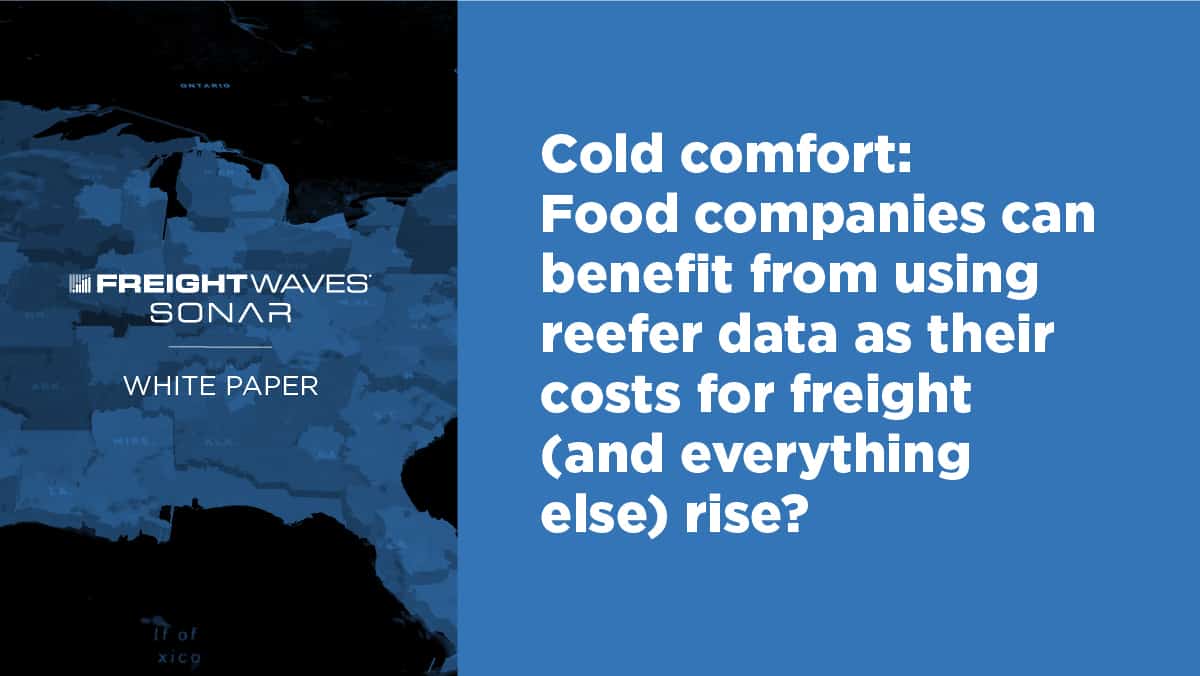We didn’t need to see acceleration in the Consumer Price Index last week to tell us that inflation is becoming increasingly problematic. Food companies, in particular, are struggling with rising costs of agricultural commodities and other ingredients, labor, packaging and freight.
What makes freight costs different from those other categories (aside from its being our area of expertise) is that they cannot be easily hedged the way that agricultural commodities and fuel can be.
Packaged food companies are raising prices to offset (at least a portion of) the rising costs. Still in the early stages of price increases, it is unclear how consumers will respond, but their pricing power is likely limited since: (1) most consumers have become unaccustomed to meaningful price increases the past few years and (2) retailers have ramped up their private label brands, which are typically priced at a discount to the national brands. The counterpoint is that the economy is growing quickly and, since prices are rising everywhere, price increases to consumers are more likely to stick.
Further complicating matters, demand questions abound largely related to whether pandemic-era consumer habits, such as cooking meat at home, will stick.
In this report, we discuss the numerous datasets contained in the FreightWaves SONAR platform and associated use cases for packaged food companies and other refrigerated shippers.
The primary refrigerated datasets contained in SONAR are:
- Electronic tender data (Pages 5-7)
- Transactional data for completed contracted loads (Pages 7-8)
- Predictive spot rates (Page 9)
- Carrier performance surveys (Pages 10-11)
- Load board data (Pages 12-13)
In addition, at the end of this report, we discuss what the financial impact can be on a large food company (Pages 14-15) that is able to reduce its freight spend. In general, the companies in the meat industry have among the most to gain from improving their freight efficiency, and we estimate that food companies with average margins and an average relative freight spend could save $300 for every $1 million in revenue by improving freight efficiencies by 1%. That scales nicely when put in the context of multibillion-dollar food companies, as we illustrate in this report.
Members Only
You have selected content that's only available to members of FreightWaves Passport. As a member, you gain immediate access to the most in-depth and informative freight research available. It's your gateway to continuing education.
Members also get:
- Access to exclusive community dedicated to discussing the most important challenges facing freight.
- Monthly and Quarterly Freight Market reports keeping you informed of industry trends.
- Much, much more!
Click below to learn more and sign up today!
Subscribe
Existing Passport subscribers may log in using the form below.
